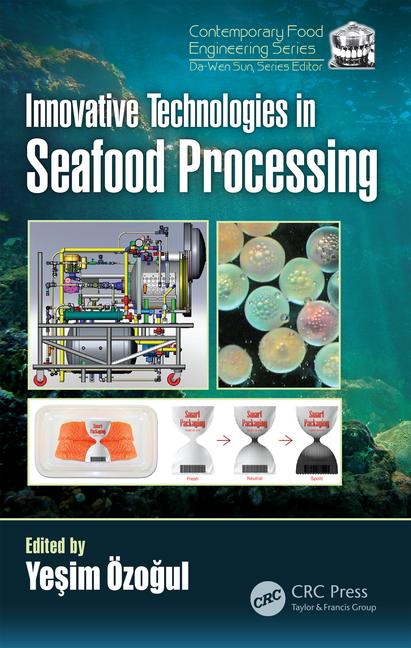Study reveals Industry 4.0 demands co-evolution of workers, manufacturing operations
Results revealed that most people were a long way from the vision of the intelligent factory.

Intel, Santa Clara, Calif., released new research that surveys workers and leaders from a range of manufacturing organizations to identify key issues that will influence adoption of smart technologies in the factory setting. The research uncovered organizational and worker beliefs and concerns that are often overlooked or underplayed in the wide-sweeping technology changes occurring in manufacturing. Intel recruited 145 individuals from a broad range of manufacturing settings for this project.
Digital intensity continuum today and in the future
To explore the impact of digital intensity relative to the opportunities and threats of further digitization,
Intel surveyed participants’ subjective perception of manufacturing digitization. Results revealed that most people were a long way from the vision of the intelligent factory. In fact, 25% of participants worked in settings with low digital intensity, where work was predominately manual, while 46% worked in medium intensity environments, and only 29% indicated they worked in high intensity settings, where automated processes were common.
Manufacturing systems are evolving, but what about the workers?
As part of the research, Intel looked to identify key groups of leaders and workers with similar behaviors, goals, motivators and needs---also known as personas of potential “users” -- that will be critical for successful adoption of IIoT capabilities, both today and in the next 3-5 years.
Analysis unveiled that each persona needed a unique name, which encapsulated multiple job titles.
The co-evolution of workers and manufacturing operations
The research discovered shared motivators, accelerators and potential threats to adoption of IIoT and successful transition to the intelligent factory, especially since 76% of participants were between 18-40 years of age – the future leaders and inhabitants of the intelligent factory.
The journey starts with today’s pain points
When describing their work and its challenges, participants started with their pain points, rather than with a technology solution. Manufacturing pain points came in all shapes and sizes—product re-work or damage, physical discomfort or injury, inefficiency or just basic communication breakdowns. The most frequent types of reported problems entail 26% of information challenges related to difficulties getting needed information for work tasks, 24% equipment maintenance and upkeep, including unplanned downtime, reactive rather than proactive management, difficulties diagnosing problems and maintenance costs, 19% communication challenges related to the lack of effective coordination across the factory (e.g. between teams, sites or functions), 18% safety hazards such as environment air quality, temperature, noise levels and ergonomic issues (e.g. lifting heavy object) and 17% equipment not a good fit for work.
Likewise, 56% of the obstacles raised related to the culture and leadership of the company—whether workers were concerned with the slow pace of change at their factories, leaders concerned with resistance to change from their workers, or workers re-counting C-Suite-level distrust of new technology and resistance to technology adoption.
Meanwhile, 56% of participating workers and leaders saw themselves as decision-makers at some level about the future of manufacturing at their companies, while 98% of the workers who participated believed that they had direct or indirect influence over technology adoption and implementation decisions.
Worker participants who embraced technology were often motivated by the desire to adapt as a way to stay relevant and employable over the long-term. Likewise, they want their factories to change to stay in business. Leadership participants who embrace technology are often concerned about the potential financial losses from poor adoption and delays from implementation.
Organizations must bridge an understanding gap and a skills gap
For most participants, “Industry 4.0.” and “Manufacturing 4.0” were buzzwords, with leadership response to these terms during interviews mixed. Overall, participants demonstrated a widespread lack of awareness about using a 4.0 framework for conceiving and planning changes in their factories.
Despite that, many demonstrated awareness of and interest in solving today’s problems with 4.0 technologies. However, they framed their interest in terms of piecemeal changes, process changes and improvements to particular work, not large-scale manufacturing transformation.
Participants rarely referenced wanting a specific technology, but did plenty of thinking regarding smart 4.0 technologies. They also often had concerns about the new technology fitting in with existing equipment and lacked the time to learn more.
People don’t trust the intelligent factory
In this research, workers and leaders exhibited distrust when it came to 4.0-like technologies. Even those who are the closest to and seemingly most ready for 4.0 seem afraid of letting go of human control in manufacturing processes.
They also had concerns about the reliability of 4.0-like technologies once installed. Even with current technology, there are widespread concerns around preventative maintenance lapses and repairs that take too much time away from production.
The future intelligent factory may be closer than you think
Participants saw the automation that comes with the intelligent factory as potentially freeing them from the more onerous aspects of their job (e.g. repetitive manual tasks, paper wrangling). Many relished the thought of being able to focus more on value-added tasks that were uniquely human. They looked forward to transparency in work and communication, where they could access information about anything from anywhere, leading to an organization that was more in-sync and data driven. They believed that the future factory would still need people---although maybe fewer of them and in vastly differently roles.
The journey to the intelligent factory
Current manufacturing workers at all levels expressed a hunger for change and believe that they can and should play an important role in that change. In fact, respondents believe that change is necessary to stay competitive, both for themselves and for their companies.
Looking for a reprint of this article?
From high-res PDFs to custom plaques, order your copy today!








